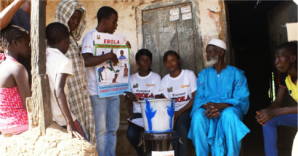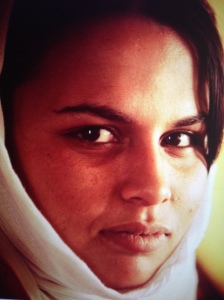It was an outstanding social media week for the three organizations I am following; many posts were made, they were especially appealing, and a wide range of new ventures and topics were discussed.
The American Red Cross discussed Influenza, a new Measles and Rubella initiative, a new partnership with the NFL and Fedex Air, winter weather preparation, home fire relief, donation, a new Target Partnership, pet safety, and world toilet day.
The following Facebook post was especially appealing. It is discussing the work that Red Cross does with home fires.
“Did you know that even at 1:30 a.m., Red Cross disaster volunteers are helping families after home fires? Get an inside peek here:http://rdcrss.org/1xkUol8”
Here, the writer used a rhetorical question to grab the reader’s attention. The fact that the organization has workers out in the middle of the night shows dedication, importance, and commitment. These are all traits that the audience will admire, so this inevitably reflects well on the organization. In the photo, the process of home fire relief is described as “A Night In The Life.” This is effective at grabbing the reader’s attention and spreading awareness about home fires. The wording is catchy, the visual format of the photo stands out, and the red signals danger.
Care posted about a partnership with Amazon, midterm elections & policy, an H&M partnership for poverty and female empowerment, a company newsletter, clean water, Syrian and African conflict, their #MyPath campaign, donation, world toilet day, Ebola, and the organization’s mission.
The following post stood out among the rest:
CARE is equipping vulnerable communities in Sierra Leone and Liberia with tools they need to stop the spread of Ebola. Give today and join CARE in the fight to #EndEbola. http://shout.lt/LtcS
The communities that CARE helps are described as vulnerable and in need. This emphasizes the importance of the work being done and works to engage the audience, along with the #EndEbola hashtag. This post will stand out to past and present donors by grabbing their attention with phrases like “Give today and join CARE in the fight” This phrase emphasizes the fact that the organization is promoting a good cause, and a cause that is in need of help and support. The photo above shows a community of people in Africa who have been helped by CARE. They look like they are/were in some kind of trouble (Ebola) and this emphasizes the importance of the work that CARE is doing. All of this is important in the process of raising awareness and fundraising because once a reader is drawn in by appeal and realizes the important nature of the work that CARE does, he or she will be more likely to donate and follow the social media campaign.
Doctors Without Borders focused on Ebola, their Vital Pact campaign, Afghanistan, Ethiopia, Malaria, TB, New Guinea, Syria, and malnourishment in Cameroon.
The following Instagram post was especially appealing:



